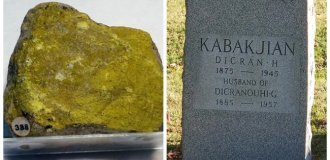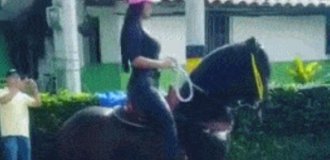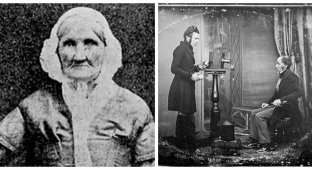Konrad Haas: a forgotten genius ahead of his time (6 photos)
1961. A Bucharest professor lazily flips through yellowed pages in the archives of Sibiu, Romania — and suddenly freezes. 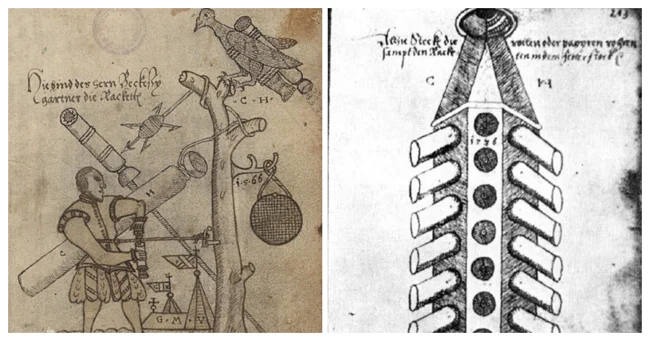
He has a manuscript in front of him that is more than four centuries old: hundreds of drawings, calculations, and detailed descriptions of… rockets. Multistage, with delta-shaped stabilizers and bell-shaped nozzles — as if torn out of 20th-century textbooks. But no — this document was created in the middle of the 16th century, when space was not even dreamed of, and gunpowder artillery was just gaining strength.
The author of this amazing work is Konrad Haas, a military engineer whose ideas were four hundred years ahead of their time.
The Path of a Visionary Engineer 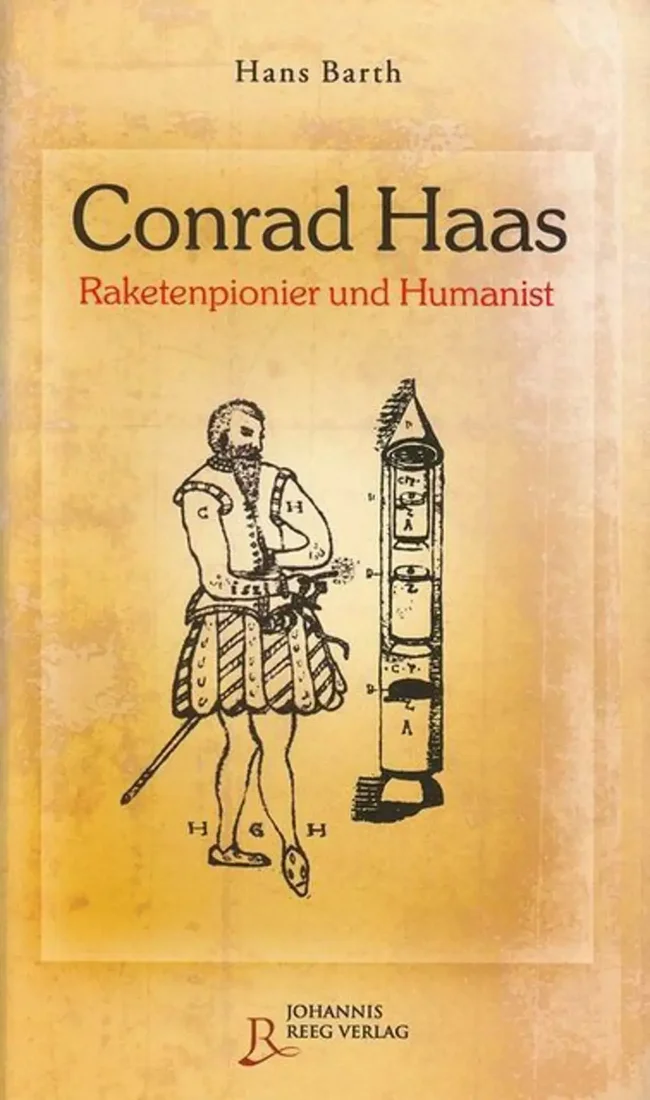
Konrad Haas was born in 1509 in Dornbach (now part of Vienna) to a family of Bavarian Germans. At the age of twenty, he went to Transylvania, served in the Habsburg army, and later came under the patronage of Stefan Batory himself, the future Grand Duke.
In 1551, Haas found himself in Hermannstadt (now Sibiu), where he headed the artillery barracks. It was here that he began work on his magnum opus, a manuscript that is now considered the first textbook on rocketry in Europe. 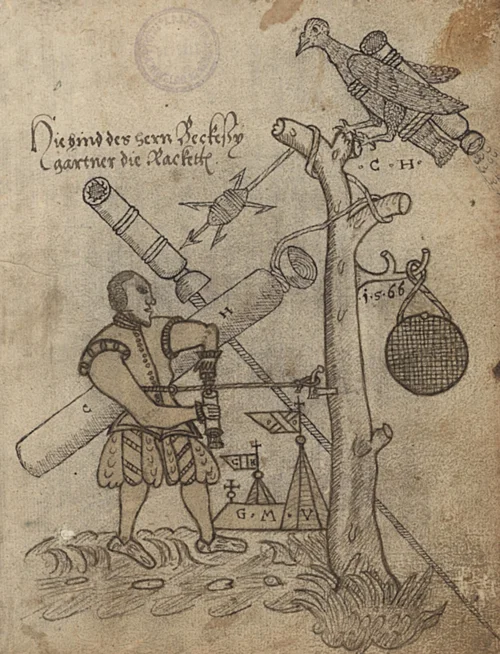
His work, entitled "How to Make a Very Good Rocket That Can Rise to Great Heights (into the Sky) on Its Own," is mind-boggling:
multistage rockets (long before NASA!);
delta-shaped stabilizers;
bell-shaped nozzles;
experiments with liquid fuel.
And all this in an era when most scientists still believed that the Sun revolved around the Earth.
Who Stole Haas's Ideas? 
For a long time, it was believed that the first description of a multi-stage rocket belonged to the Polish artilleryman Kazimierz Siemienowicz, who published his treatise in 1650. But when Haas's manuscript was found in the 20th century, it became clear that many of Siemienowicz's illustrations were almost exact copies of 16th-century drawings.
Coincidence? Or plagiarism? Or maybe both engineers drew inspiration from an even more ancient source? The mystery remains unsolved.
The genius who hated war 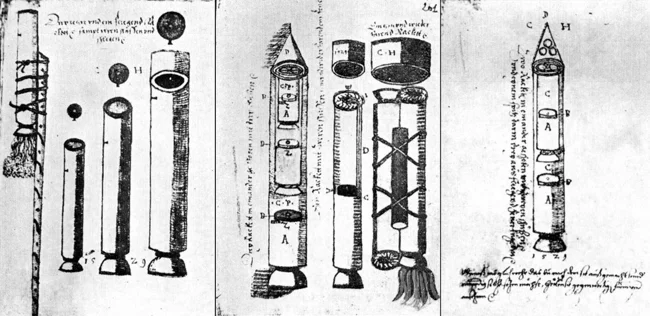
Haas created weapons, but was a pacifist at heart. At the end of his book, he left amazing lines:
But my advice is more peace and less war, let the guns remain under the roof, the bullet will not be fired, the gunpowder will not be burned... So the prince will save his money, and the gunsmith - his life. This is the advice given by Konrad Haas.
These words sound especially poignant today, centuries after his death.
A Legacy Lost in Time 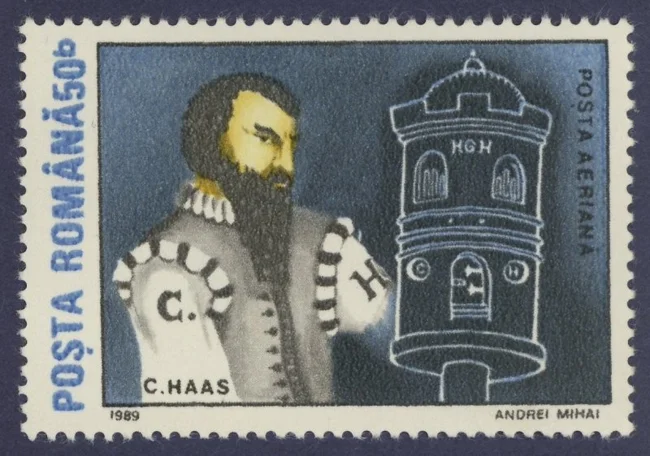
Haas never saw his rockets in the sky – the technology of the 16th century could not make his dreams come true. But his ideas, like seeds, sprouted through the centuries. When the first multistage rocket took off from White Sands in the 1940s, no one suspected that its principles had been described four hundred years earlier – in the yellowed manuscript of a forgotten genius.









